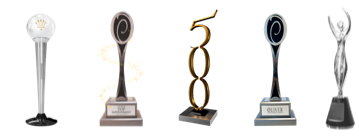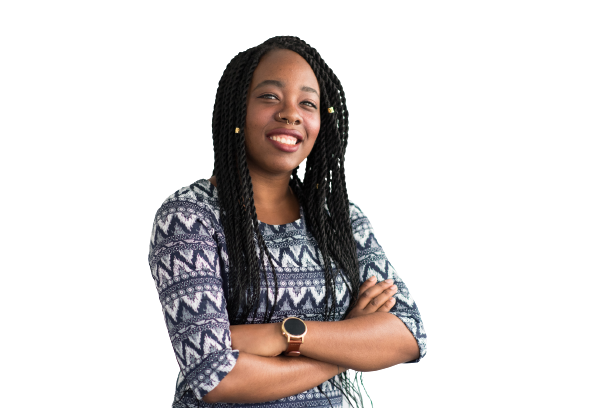By Lyndy van den Barselaar, Managing Director, ManpowerGroup South
‘Diversity’ and ‘Inclusion’ remain hot-button topics in the workplace. Though many use the words interchangeably, there’s a distinct difference in their meaning. I like to think of diversity as the ‘what’ and inclusion as the ‘how’.
Diversity refers to the characteristics, experiences and distinctions that make one person different from another. Characteristics may initially be surface-level (a dangerous reading – but let’s allow it for the sake of this example), like race, ethnicity, gender identity or sexual orientation. Delving deeper, it speaks to the effects of socio-economic background, upbringing, religion, education and general life experiences.
Inclusion is how so many people with such varying characteristics are brought together in the workplace to feel welcomed and valued. True inclusion means nobody is denied access to resources or opportunities based on those characteristics or qualities that make them unique – where unintentional and inadvertent biases are corrected through better understanding and open communication.



.svg)














